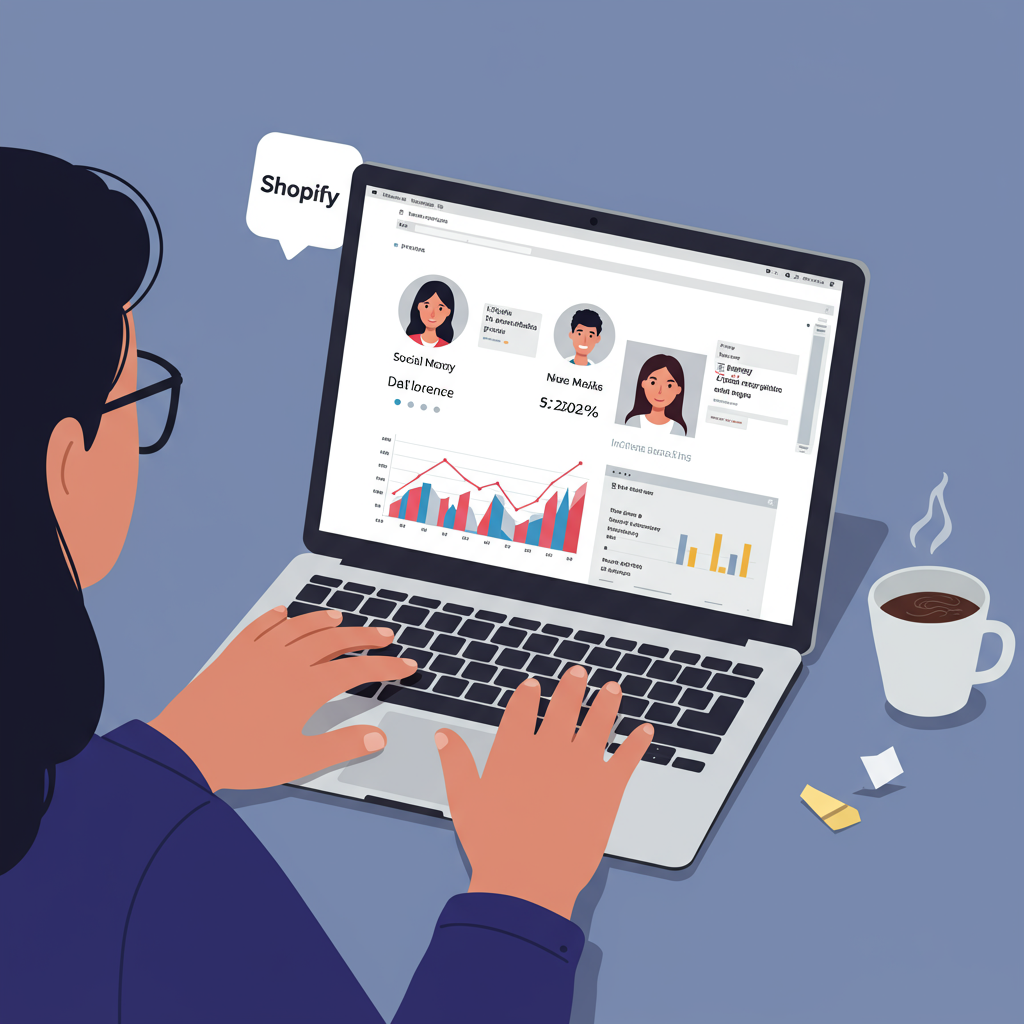Discover how I leverage powerful tools to find, manage, and track social media influencers for my Shopify store, driving real sales and brand awareness.
As a Shopify merchant, I’m constantly looking for ways to expand my reach and connect with new customers. In today’s digital landscape, one strategy has proven incredibly effective for me: social media influencer marketing.
It’s not just about traditional advertising anymore. People trust recommendations from individuals they admire and follow, far more than they trust direct brand messaging. This is where influencers come in.
When I first started exploring influencer marketing for my Shopify store, I quickly realized it wasn’t as simple as just sending out free products. There’s a whole ecosystem of discovery, management, and tracking involved.
The sheer volume of social media creators can be overwhelming. How do you find the *right* ones for your brand? How do you manage communications, track performance, and ensure a fair exchange?
Thankfully, the Shopify ecosystem, combined with specialized third-party tools, offers powerful solutions to streamline this entire process. I’ve spent time researching and experimenting, and I want to share what I’ve learned.
I like to think of influencer tools in a few key categories: discovery and vetting, campaign management, performance tracking, and payment/fulfillment. Let’s dive into each.
The first hurdle is finding influencers whose audience aligns perfectly with your target demographic. This isn’t just about follower count; it’s about engagement, authenticity, and niche relevance.
Many tools offer robust search filters, allowing you to sort by platform, audience demographics, engagement rates, and even keywords in their content. Some even use AI to suggest ideal matches based on your product descriptions.
While manual searching on platforms like Instagram or TikTok can yield results, it’s incredibly time-consuming. Automated tools save countless hours by sifting through millions of profiles.
Once you’ve identified potential partners, the next step is outreach and managing the campaign itself. This involves everything from initial contact to content approval and scheduling.
I’ve found that centralized communication is key. Tools that allow you to message influencers directly within the platform, share briefs, and track conversation history are invaluable.
Ensuring brand consistency is vital. Many platforms offer features for influencers to submit content drafts for your review and approval before they go live, preventing any missteps.
This is arguably the most critical aspect for me. Without accurate data, how can I know if my influencer campaigns are actually generating a return on investment?
I look at metrics like click-through rates, conversion rates, sales attributed to specific influencers, and even engagement on their posts. Tools that integrate directly with Shopify’s sales data are gold.
Unique discount codes, custom UTM links, and dedicated landing pages are common strategies. Influencer marketing platforms often automate the creation and tracking of these, making attribution much clearer.
Once a campaign is successful, you need to compensate your influencers, whether it’s through product, commission, or a flat fee. Streamlining this process is crucial for maintaining good relationships.
Some advanced platforms handle payments directly, integrating with PayPal or other payment gateways. For product fulfillment, I often use Shopify’s native order processing, but some tools can even automate sending products to influencers.
A powerful extension of influencer marketing is setting up an affiliate program. This allows influencers (and even loyal customers) to earn a commission on sales they drive, creating a performance-based partnership.
The Shopify App Store is rich with dedicated affiliate marketing apps. These tools allow me to create unique referral links, track commissions, and manage payouts seamlessly.
I love that this model incentivizes influencers to genuinely promote my products, as their earnings are directly tied to their success. It’s a win-win.
With so many options, how do you choose? I recommend starting with your budget and your specific needs. Are you looking for full-service management or just discovery?
Consider how much you plan to scale. Some tools are perfect for small, manual campaigns, while others are built for managing hundreds of influencers simultaneously.
Don’t be afraid to start small. You can even begin by manually reaching out to micro-influencers and tracking results with simple discount codes before investing in a comprehensive platform.
Remember, influencer marketing is about building genuine relationships. Treat your influencers as partners, provide clear briefs, and communicate openly. This fosters loyalty and better results.
Leveraging social media influencers has been a game-changer for my Shopify store. The right tools don’t just save time; they empower me to make data-driven decisions and scale my marketing efforts effectively.
What do you think about this article? Have you used any of these types of tools, or do you have other strategies that have worked well for your Shopify store? I’d love to hear your insights.
By strategically using the available Shopify social media influencer tools, you can unlock significant growth for your brand. It’s an investment that, when done right, truly pays off.






